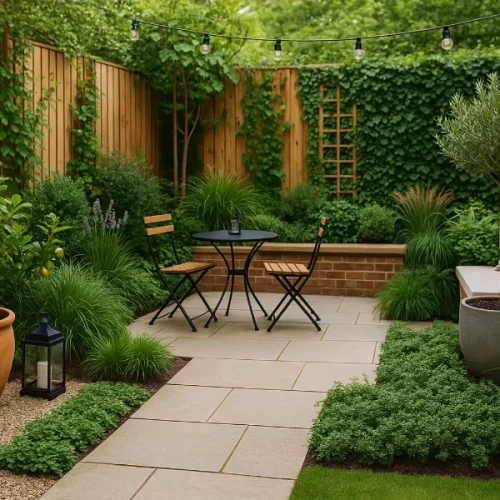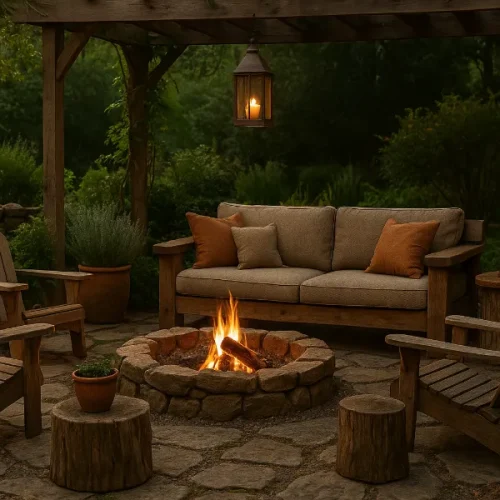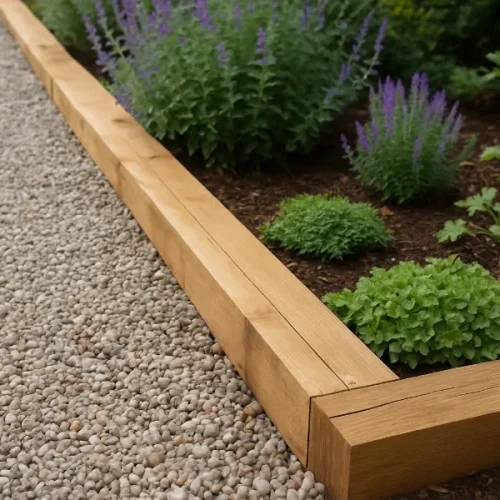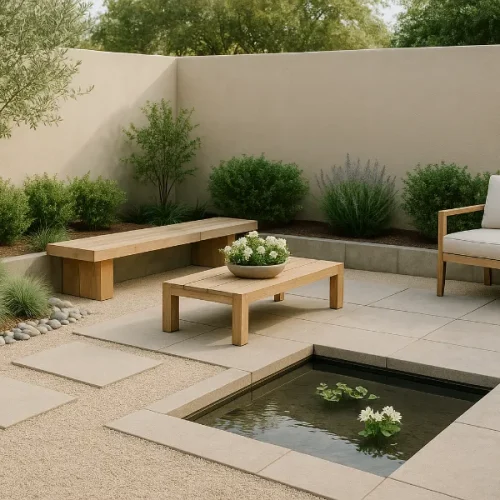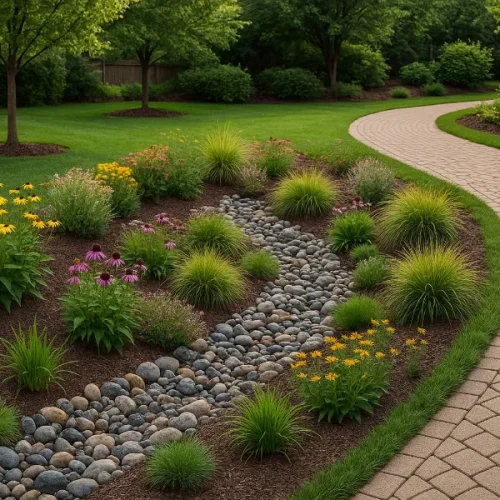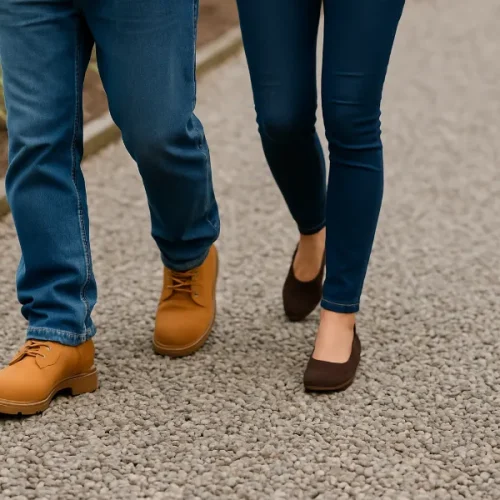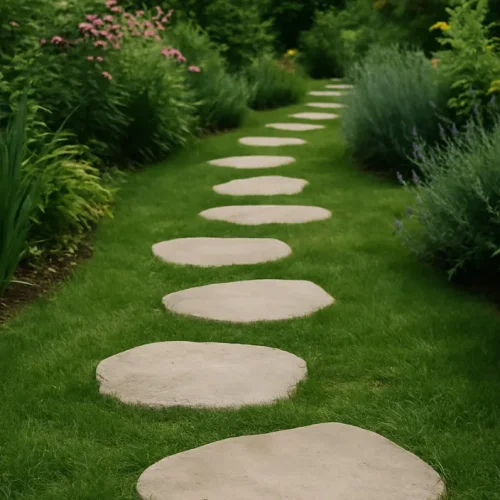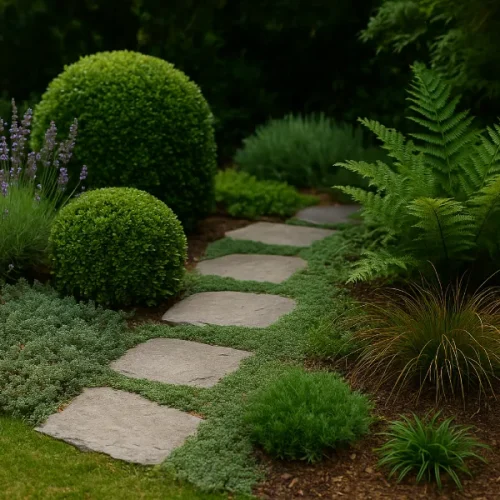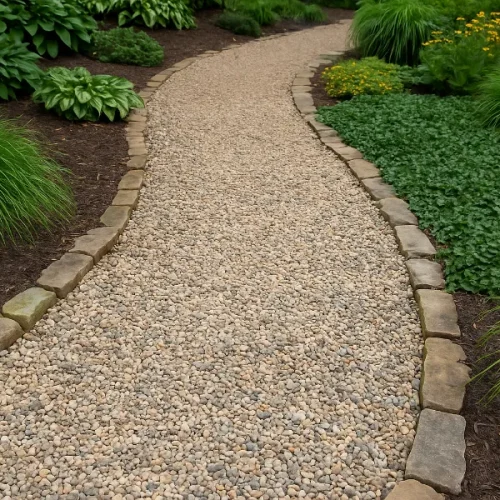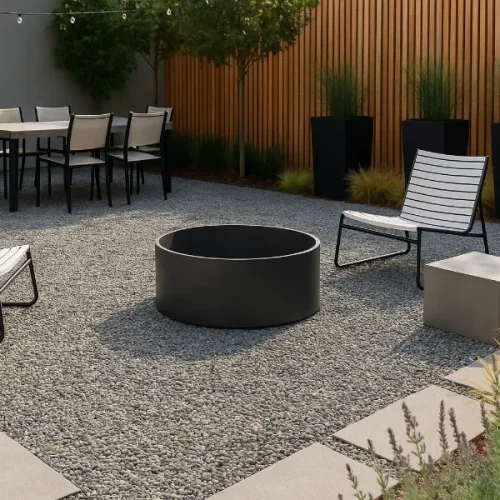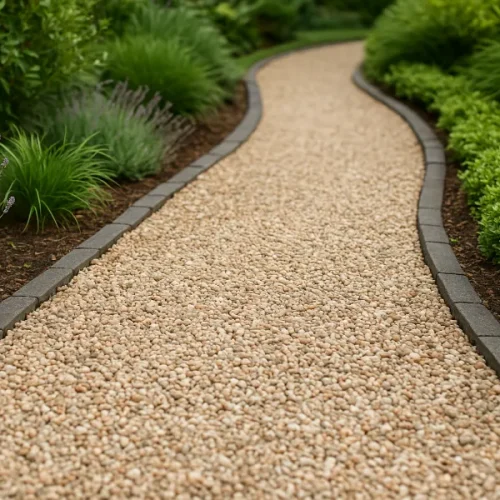
Container gardening for beginners is one of the most exciting and rewarding ways to start growing your own food and flowers, even if you have limited space. Whether you live in an apartment with a balcony, a small townhouse with a patio, or simply want to add greenery to your front porch, container gardening makes it possible. The best part? You don’t need acres of land or years of experience—just a few containers, the right soil, and a little care.
If you’ve ever felt hesitant to try gardening because you don’t have a traditional backyard plot, container gardening for beginners is your solution. Let’s dive into everything you need to know to get started.
Choosing the Right Containers
The first step in container gardening is selecting the right home for your plants.
Size Matters
Different plants require different container sizes:
- 5 gallons or larger: Tomatoes, peppers, cucumbers, beans, eggplant
- 3 gallons: Carrots, beets, lettuce, onions
- 1 gallon or less: Herbs like basil, chives, parsley, or radishes
As a beginner, it’s tempting to start small. But remember: the larger the container, the easier it is to manage water and nutrients. Bigger containers hold more soil, which means they stay moist longer and give roots plenty of room to grow.
Materials
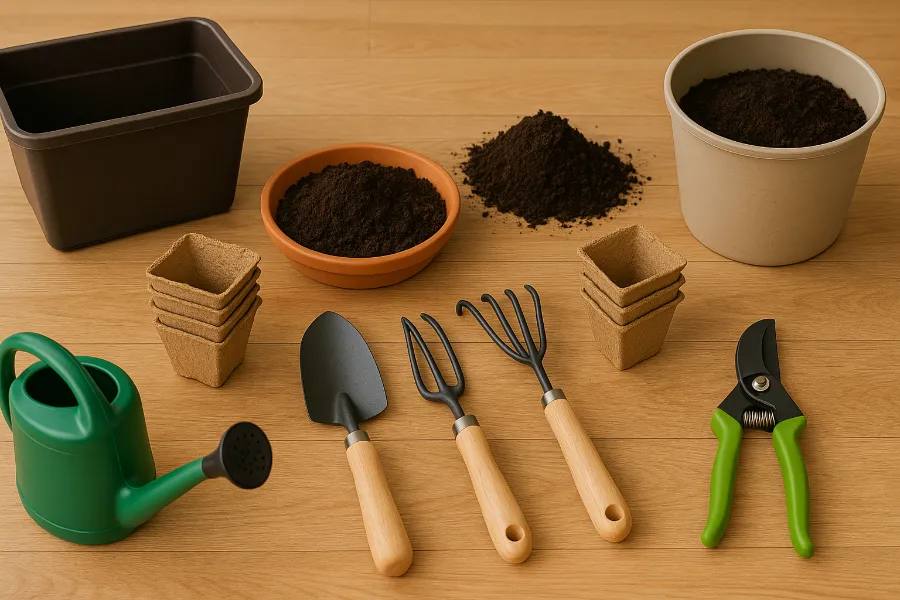
- Plastic self-watering containers: Durable, lightweight, and convenient for busy gardeners.
- Wooden planters: Attractive, natural-looking, and affordable—but may rot after a few seasons.
- Ceramic or terracotta pots: Beautiful but dry out quickly. If you choose these, line them with plastic or use them indoors.
- DIY containers: Buckets, laundry baskets, or even repurposed storage bins work perfectly—just make sure they have drainage holes.
Drainage is Non-Negotiable
Plants drown just as easily as they dry out. A container with no drainage hole is a recipe for disaster.
- Drill holes in the bottom if your pot doesn’t have any.
- Cover large holes with coffee filters, mesh, or a bit of landscape fabric to keep soil from spilling out.
- Elevate pots with bricks, pot feet, or rolling caddies to ensure water flows freely.
Tip: Avoid the old myth of putting rocks at the bottom of containers—it doesn’t improve drainage and can actually make it worse.
Choosing the Best Soil
Garden soil from your yard isn’t suitable for containers. It compacts too quickly, preventing proper drainage and oxygen flow. Instead, use a high-quality potting mix.
A good potting mix should:
- Be light and fluffy to allow airflow.
- Retain moisture but not become soggy.
- Include organic material like compost or peat moss.
For vegetables, consider mixes with added fertilizer, or supplement with organic compost.
Light and Temperature: Setting the Stage for Growth
Most vegetables need at least 6–8 hours of direct sunlight per day. Herbs like parsley and mint can tolerate partial shade, while leafy greens often thrive with less intense sun.
If your balcony or patio only gets partial light, choose crops like lettuce, spinach, and herbs.
Temperature tips:
- Avoid placing dark-colored containers in direct summer heat—they absorb too much warmth and may scorch roots.
- In cooler climates, wait until nighttime temperatures consistently stay above 50–60°F before moving heat-loving plants like tomatoes and peppers outside.
- Use a soil thermometer if you’re unsure—vegetables generally prefer soil around 60°F or warmer.
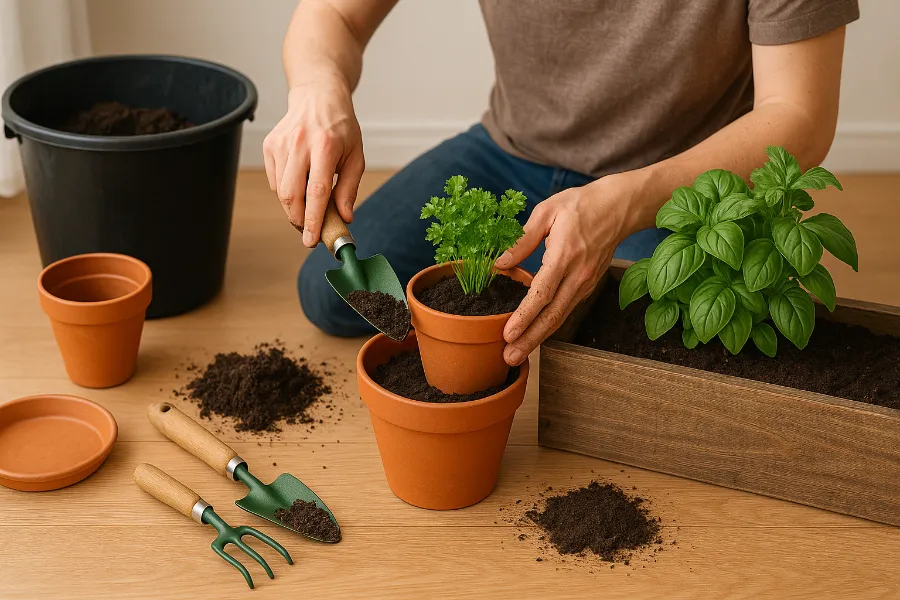
Watering Techniques
Watering is the most critical aspect of container gardening for beginners. Containers dry out much faster than garden beds.
- Check soil daily by sticking your finger an inch deep. If it feels dry, water thoroughly.
- In summer, expect to water once or even twice daily.
- Always water until it drains from the bottom—shallow watering leads to weak roots.
- Consider self-watering containers or drip irrigation systems if you travel often.
Pro Tip: Water the soil, not the leaves. Wet foliage increases the risk of disease.
Feeding Your Plants
Nutrients wash out of containers quickly because of frequent watering. That’s why regular fertilizing is key.
Options for beginners:
- Mix a slow-release granular fertilizer into the soil before planting.
- Supplement every 2–3 weeks with liquid fertilizer (fish emulsion, seaweed, or an all-purpose organic fertilizer).
- Add compost tea for a natural nutrient boost.
Seeds vs. Seedlings: Which to Choose?
When starting container gardening for beginners, the choice between seeds and seedlings depends on your patience and confidence.
- Seeds: Cheaper, more variety, and rewarding—but require careful attention to light and watering.
- Seedlings: Faster and easier. Simply transplant into your container and let them grow.
For your first attempt, I recommend starting with seedlings for crops like tomatoes, peppers, or cucumbers. Try seeds for quick growers like lettuce, radishes, and herbs.
Best Vegetables and Herbs for Container Gardening
Not all crops thrive in pots. Stick to compact or bush varieties labeled “patio,” “dwarf,” or “container-friendly.”
Beginner-Friendly Vegetables
- Tomatoes (cherry or patio varieties) – need a trellis or cage
- Lettuce and spinach – harvest continuously by snipping leaves
- Radishes – quick-growing and great for kids
- Peas and beans – use a support system like a bamboo stake or trellis
- Carrots – choose short varieties for shallow containers
- Peppers – sweet or hot varieties both thrive in pots
Easy Herbs
- Basil
- Parsley
- Cilantro
- Chives
- Mint (keep it in its own container—it spreads aggressively!)
Flowers for Beginners
Marigolds, petunias, and pansies are perfect companions—they attract pollinators and add color.
Common Mistakes Beginners Make
Even the most enthusiastic new gardener can stumble. Here are pitfalls to avoid:
- Using the wrong soil – Garden soil compacts and suffocates roots.
- Skipping drainage – Always drill holes!
- Overcrowding – Plants need breathing room. Follow spacing instructions on seed packets.
- Forgetting water and fertilizer – Containers need more frequent care than garden beds.
- Ignoring sun requirements – Too much or too little light leads to poor growth.
FAQs About Container Gardening for Beginners
What’s the easiest vegetable to grow in containers?
Lettuce, radishes, and peas are among the simplest.
How do I keep my pots from drying out too quickly?
Use larger containers, mulch the soil surface, and water deeply.
Can I reuse potting soil?
Yes, but refresh it each season by mixing in compost and fertilizer.
What’s the biggest disadvantage of container gardening?
Frequent watering and fertilizing. But the flexibility and convenience outweigh the hassle.
Final Thoughts
Container gardening for beginners is the perfect way to step into the world of growing your own food and flowers. It’s affordable, accessible, and incredibly rewarding. With the right containers, soil, light, and care, you can transform even the smallest balcony or patio into a thriving garden.
Start simple. Pick two or three vegetables and herbs, nurture them, and enjoy the satisfaction of harvesting fresh food from your own container garden. As your confidence grows, so will your collection of pots and planters.
Happy gardening—you’ve got this!


